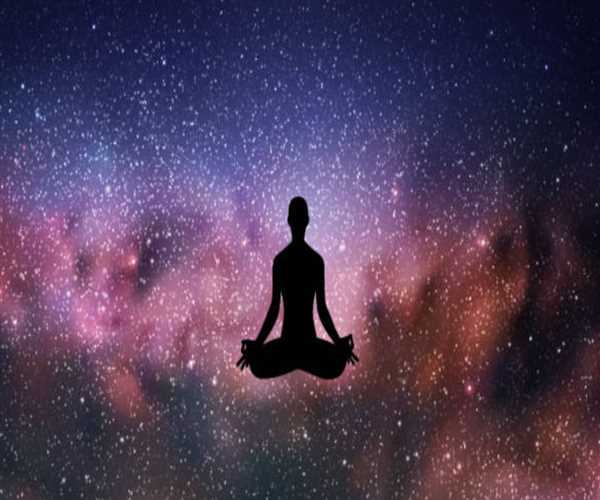Search here

25-May-2024 , Updated on 9/11/2025 7:05:04 AM
Did ancient Yogis float in the air?
It's enthralling to picture a calm Yogi hovering in midair, meditating deeply and defying gravity. For millennia, it has fueled people's imaginations and influenced popular culture. But were the ancient Yogis really able to levitate? Let's explore the intriguing realm of yoga and distinguish reality from fiction.
The Yoga Method's Power: It Goes Beyond Strength
Yoga is a holistic discipline that has its roots in ancient India and consists of more than just poses (asanas). The goal of this ideology is to bring the mind, body, and soul together. Asana practitioners seek to enhance their physical well-being, mental acuity, and inner tranquility through physical practices, breathing exercises, and meditation.
The Floating Myths Origins
Advanced yogic states that could be construed as levitation are mentioned in ancient yoga books such as Patanjali's Yoga Sutras. These descriptions, meanwhile, frequently allude to reaching a higher state of awareness that is independent of the physical body and is therefore metaphorical.
It's probable that the appearance of levitation was produced by cunning illusions and trickery used by itinerant yogis, or sadhus. Furthermore, certain yogis may have acquired very strong and flexible bodies, which enable them to accomplish feats that would appear impossible to the uninitiated eye.
The Study of Levitation: Overcoming Gravitation
True levitation, or the capacity to resist gravity in the absence of an outside force, has never been scientifically shown. Although yoga can increase strength, flexibility, and balance, it is unable to transcend the basic rules of physics that control gravity.
The Power of the Mind: The Allure of Mystery
Though it won't give us the power to levitate, yoga can lead to profound experiences that change the way we see the world. The distinction between the mental and physical domains might become hazy during deep meditation because it can lead to a profoundly relaxed and altered state of awareness. This altered state may be the cause of some yogis' claimed experiences of feeling out of body or lighter than air.
Yoga's Main Aim Is Inner Transformation, Not External Spectacle
The real purpose of yoga is to develop inner tranquility and self-awareness, not to overcome physical constraints. Through practice, one develops emotional control, mental discipline, and a stronger sense of self. These advantages surpass the outlandish accomplishment of levitation in value and attainableness.
Contemporary Yoga: A Range of Techniques
Yoga has developed into a wide range of disciplines nowadays. Everybody's requirements and preferences can be met by a different kind of yoga, ranging from the physically challenging Vinyasa flow to the soothing and restorative Yin yoga. While some practitioners may aim for more difficult poses or levels of meditation, the major emphasis is still on improving oneself and discovering inner harmony.
Conclusion
In summary, the legend of the levitating yogis continues to be an enthralling illustration of the creative potential of the human mind and body. But the real benefit of yoga isn't in beating gravity; rather, it's in the tremendous effects it may have on our bodies, brains, and souls. That being said, the next time you go onto your yoga mat, keep in mind that the trip within is far more fulfilling than any show outside.

CONTENT WRITER
Writing is my thing. I enjoy crafting blog posts, articles, and marketing materials that connect with readers. I want to entertain and leave a mark with every piece I create. Teaching English complements my writing work. It helps me understand language better and reach diverse audiences. I love empowering others to communicate confidently.
Comments
Join Our Newsletter
Subscribe to our newsletter to receive emails about new views posts, releases and updates.
Copyright 2010 - 2025 MindStick Software Pvt. Ltd. All Rights Reserved Privacy Policy | Terms & Conditions | Cookie Policy